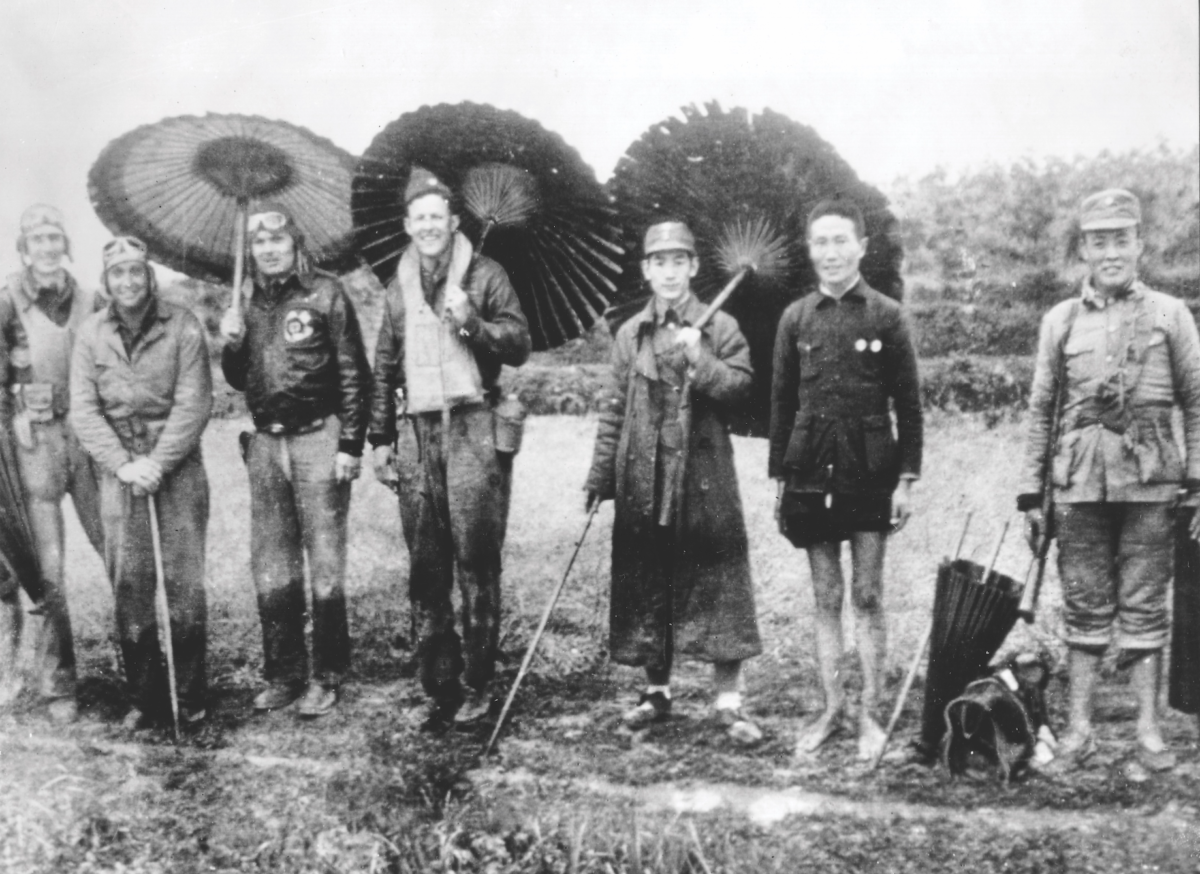Unsettled History: America, China and the Doolittle Tokyo Raid. Paradox Communications, 2022. Airs in April on public television stations. Check local listings for day and time.
On April 18, 1942, 16 B-25 Mitchell bombers under the command of Lt. Col. James Doolittle lifted off the storm-tossed deck of the carrier USS Hornet and headed west across the Pacific toward Japan. Forced to launch earlier than planned after encountering a Japanese picket boat, the bombers had to fly an extra 200 miles to reach Tokyo. After dropping their bombs on various targets, the Mitchells continued west, with the aim of landing somewhere in China. (One reached Siberia.) Of the 80 men involved, eight were captured (the Japanese executed three, and one died in captivity) and three died in crashes or shortly afterwards. Bomb damage to Japan was minimal but the attack had a huge psychological effect on both Japan and the United States.
A new documentary, Unsettled History tells the story of the raid but concentrates on the aftermath in China, where citizens put themselves in danger to aid the downed Americans. Through interviews with children of the airmen and of their Chinese rescuers—and even some Chinese citizens who encountered the Doolittle raiders 80 years ago—the film focuses on this somewhat overlooked part of the story. As Unsettled History explains, the Chinese paid a terrible price for helping the Americans. Japan, which had begun its war of conquest against China in 1931, killed some quarter-million Chinese in reprisal for helping the raiders. Was the raid worth such a bloody toll? The attack certainly shocked the Japanese military and may have provided a motivation for attacking the Pacific island of Midway—the battle that turned the Pacific war in favor of the United States. What can’t be denied is the bravery of the Doolittle raiders and of the ordinary Chinese men and women who risked all to assist them.






